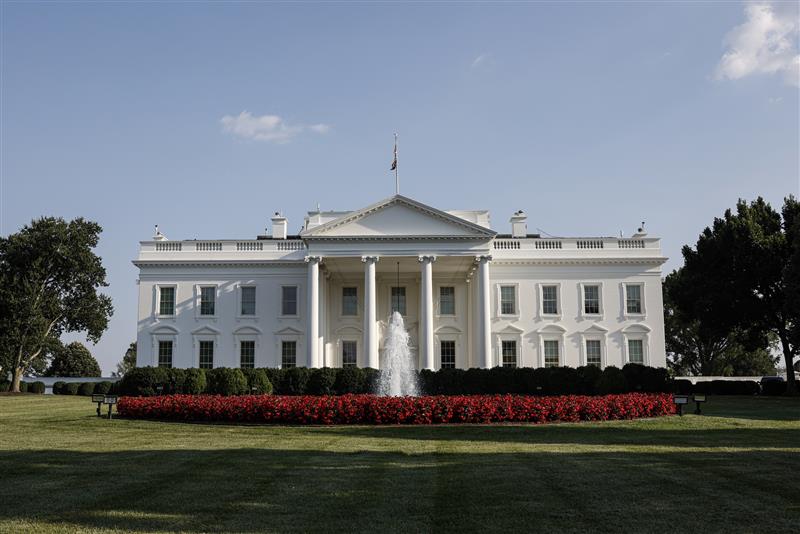A Conversation with Jefferies India Country Head Aashish Agarwal
Many foreign investors think they know India. However, according to Aashish Agarwal, the Jefferies country head, India’s economy has undergone profound changes that are often not discussed or understood.
That’s why Agarwal is so excited to welcome attendees to the Jefferies India Forum in New Delhi on September 17-19, the largest foreign institutional investor conference India has ever seen. More than 250 investors and representatives of many of India’s most prominent corporations will attend, along with founders of large conglomerates, interesting start-ups, government ministers, regulators, and national security experts.
In preparation for the Jefferies India Forum, we sat down with Aashish to learn more about the local investment climate and some common perceptions and misconceptions of the world’s most populous nation.
Q: How would you describe India’s growth story?
AA: India is the fifth largest equity market in the world, with an estimated equity market cap of more than $5 trillion. We expect to see a $10 trillion equity market cap by 2030. India’s economy is also the fifth largest globally and is expected to become the third largest by 2028. The International Monetary Fund predicts 6.3% growth over the next four years. Furthermore, 175 million individuals will join the working-age population over the next 20 years.
Q: What part of India’s growth story isn’t well known?
AA: The first thing is diversity. India is the most diversified market globally after the U.S.
A single industry or a few large companies dominate most emerging markets. For example, you can’t think of South Korea without thinking of Samsung. You can’t think of Latin America without thinking of commodities. India is a large and well-diversified mix of every subsector you can think of.
Secondly, a large part of India’s domestic savings is beginning to be channeled into equity markets. This leads to a virtuous cycle of wealth creation and superior equity market returns.
The percentage of household savings invested in equity markets has been growing steadily, which has been the key factor driving equity markets. Even today, it’s only 6% of household assets and has room to grow. That creates a wealth effect, driving consumption, more savings, and more economic activity.
The third thing is that the mindset of India’s companies has turned global. They no longer aim to become the best company in their region or the best company in the nation. They think on a global level.
Q: What would you say to anybody concerned about the valuations of Indian public equities?
AA: Yes, valuations are on the higher side in some sectors, but there are a lot of misconceptions about valuations. The clear reason for higher multiples is the visibility of India’s growth and the lack of it elsewhere in the world. There’s visibility on India’s GDP growing by 6.5% – 7% over the next decade. Corporate EPS is currently growing by 13-15%. On a PEG basis, India trades at 1.5x, which is in line with several other large global markets.
Secondly, the emergence of domestic retail investors has made the market stable. India’s market beta vs MSCI ACWI has decreased from 1x to 0.7x over the last ten years. Thus, India now offers great diversification for global investors, justifying the premium valuations.
Thirdly, investors are finding India expensive because they are examining the same companies they have examined for the past decade. Foreign institutional investors have traditionally invested in the financial sector, consumer staples, discretionary and tech services.
Different sectors will drive India’s growth over the next 20 years. These sectors will include infrastructure, hard assets, hospitals, hotels, airports, ports, manufacturing and so on. They are not necessarily expensive because their growth is still ahead of them.
Q: Will India be able to build enough high-quality infrastructure to unlock all this economic potential?
AA: India is about to embark on one of the most significant infrastructure initiatives in its history. It is very broad-based. One of our private companies is setting up a solar power plant five times the size of the city of Paris. Over the last 10 years, the number of airports in India has doubled to 150. Similarly, roads and railways have grown by 60-70%.
And it’s not just the hard physical assets. India has also developed cutting-edge public digital infrastructure, which has enabled several new-age companies to be established and scale up rapidly.
It is part of the trend of people in India thinking on a global scale. Yet most foreign investors are underinvested in infrastructure and new-age stocks. Once investors fully understand what is happening in these sectors, it will become clear that many of these stocks do not appear expensive, given their growth outlook. Our upcoming India investor forum showcases all these changes, and we have also planned several field trips around our forum so that the investors can touch and feel all these new changes.
Q: What about India’s IPO market?
AA: I believe 2025 will be a breakout year for IPOs. Recently, you have seen a lot of small companies getting listed. Over the next 12 months, you will likely see IPOs of $50 billion-plus and $100 billion-plus companies.
India also has one of the largest unicorn markets in the world. We have about 110 unicorns collectively valued at $350 billion. These companies are reaching a size where they will come out with IPOs in the next few years. A lot of multinational companies are looking to list their Indian businesses as well.
Q: What are the opportunities for private capital in India?
AA: There has been a big mindset shift on family-owned businesses. It used to be that when you set up a company in India, you were thinking that the next four to six generations of your family would run the same business. The next generation is now willing to explore options, including a capital infusion or even an exit to allow the business to attain greater scale and attract the right talent and access to capital. This is a big change.
This opens up a plethora of opportunities for private capital to explore private and public markets.




